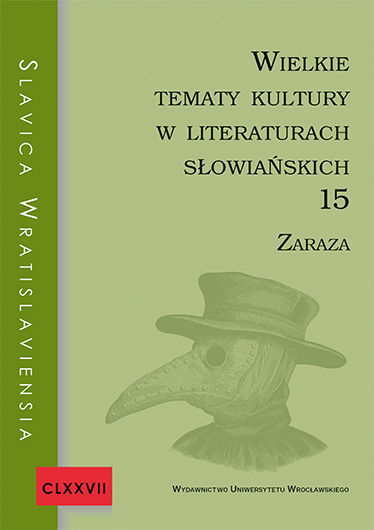

Artykuły

This article begins with a description of healthcare in ancient Greece, the origins of the concept of epidemic, and the assertion that infectious diseases have accompanied mankind since the Neolithic times, especially in urban areas. Then I present medieval customs related to plagues, places of seclusion, linguistic concepts and forms of material culture left over from historic epidemics — spas, field hospitals, thanksgiving churches, votive off erings, plague shrines, ossuaries. Next, I draw attention to the way of thinking about epidemics expressed in biblical texts, with particular emphasis on the biography of Job. Another text subject to analysis is Gundulić’s Osman, where epidemics are presented as byproducts of wars and tools of the forces of evil. Finally, I deal with the famous sculpture by Ivan Meštrović — Job, the circumstances of its creation, its relations with the “political plagues” of the 20th century and existential symbolism.